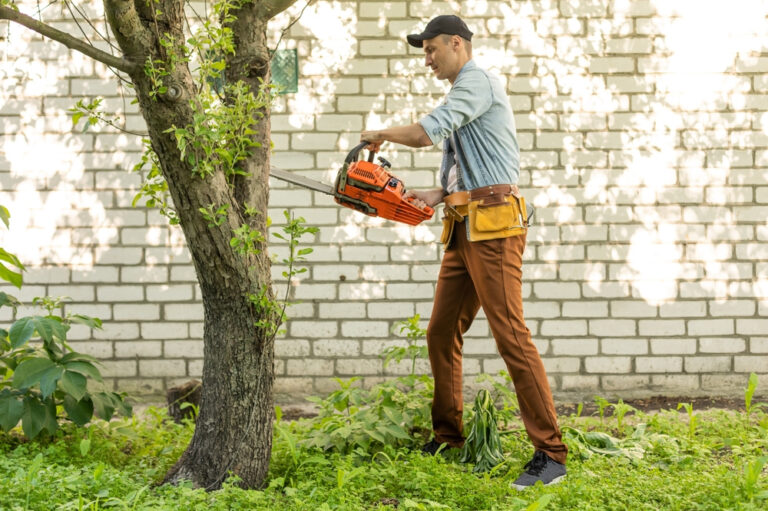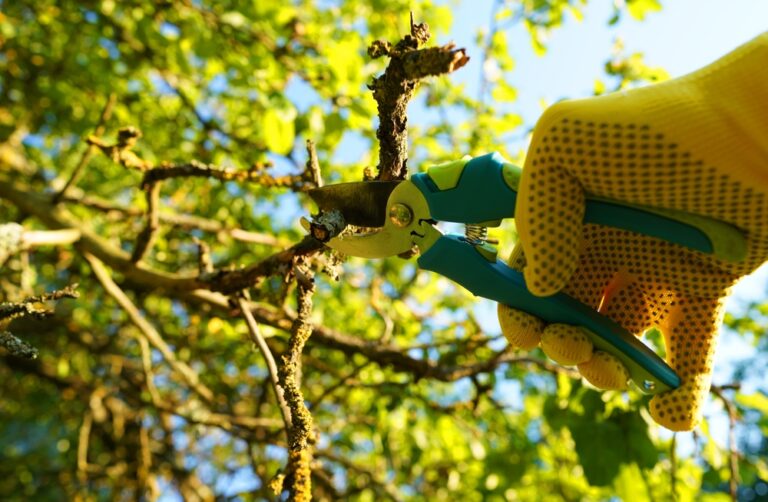Best Time of Year to Trim Deciduous Trees
Trimming deciduous trees is essential for their health and aesthetic appeal. These trees, which shed their leaves annually, benefit greatly from regular pruning. However, timing is crucial to avoid damaging the tree and to ensure optimal growth. This article delves into the best times of year to trim deciduous trees, the benefits of proper timing, and essential tips for effective pruning.
Understanding Deciduous Trees
Deciduous trees are a type of tree that loses its leaves in the fall and regrows them in the spring. This natural cycle allows the trees to conserve water and survive the cold winter months. Examples of deciduous trees include oaks, maples, elms, and birches. These trees play a significant role in the ecosystem by providing habitat for wildlife and contributing to the landscape’s seasonal beauty. The shedding of leaves helps to reduce water loss and protects the tree from the weight of snow and ice in winter.
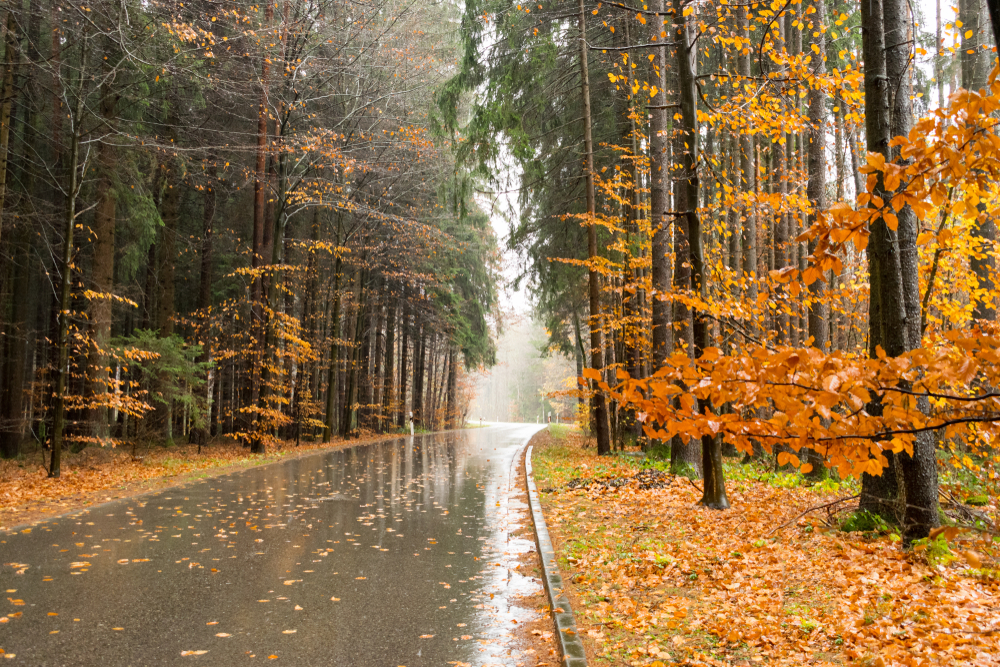
Importance of Timing in Tree Trimming
Trimming trees at the right time is vital for several reasons. First, it promotes the tree’s health by removing dead or diseased branches. This allows the tree to allocate its resources more effectively. Second, proper timing can enhance the tree’s growth and shape, ensuring it develops a strong structure. Lastly, it minimizes the risk of infection and pest infestation, which can be prevalent during certain times of the year.
Trimming at the wrong time can cause undue stress to the tree. For instance, pruning during the active growing season can expose the tree to pests and diseases when it is most vulnerable. Moreover, improper timing can lead to excessive sap loss, particularly in trees like maples, birches, and walnuts. This sap bleeding can attract pests and weaken the tree’s overall health.
Optimal Seasons for Trimming Deciduous Trees
The best time to trim deciduous trees largely depends on the tree’s growth cycle. Here’s a detailed look at the different seasons and their suitability for tree trimming:
Late Winter to Early Spring (Dormant Season)
Late winter to early spring is generally considered the best time to trim deciduous trees. During this period, trees are in a dormant state, meaning they are not actively growing. This dormancy offers several benefits:
- Reduced Risk of Disease: Many tree diseases are inactive in colder temperatures. Trimming during this time reduces the likelihood of infections. For instance, pathogens like oak wilt are less likely to infect pruned oak trees when trimmed during their dormant phase.
- Clear Visibility: With no leaves on the branches, it’s easier to see the tree’s structure. This visibility helps in making precise cuts, which are crucial for maintaining the tree’s shape and removing problematic branches.
- Promotes Vigorous Growth: Pruning before the onset of new growth encourages the tree to heal quickly and develop robust new branches. The energy stored in the roots during dormancy is redirected to support new growth in the spring, leading to a healthier and more vigorous tree.
However, it’s crucial to complete pruning before the buds begin to swell, which signals the start of the growing season. Pruning after bud break can cause sap loss and stress the tree as it begins to focus on new growth.
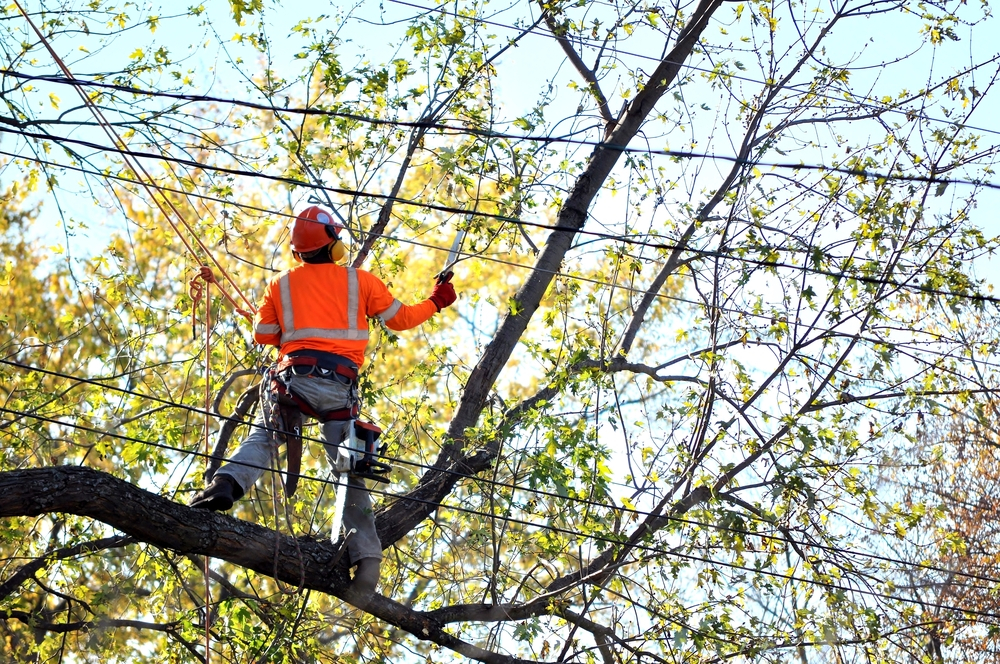
Late Spring to Early Summer (Active Growing Season)
Trimming in late spring to early summer can be beneficial for certain purposes, such as:
- Shaping Young Trees: Light pruning can help shape young trees and guide their growth. This period is ideal for corrective pruning to establish a strong and desirable branch structure.
- Correcting Minor Issues: This period is suitable for removing small, problematic branches that may have been missed during winter pruning. For instance, if a branch is showing signs of disease or damage that were not apparent during dormancy, addressing it promptly can prevent further issues.
Nonetheless, heavy pruning during this season can stress the tree, as it is actively growing and expending energy. Therefore, it should be done sparingly and with caution. Excessive pruning during the growing season can lead to a significant reduction in the tree’s foliage, impairing its ability to photosynthesize and produce energy.
Fall (Post-Growth Season)
Fall is generally not recommended for trimming deciduous trees. Here’s why:
- Risk of Infection: Fungal spores are more prevalent in the fall, and fresh cuts provide an entry point for infections. Trees are more susceptible to diseases like canker and blight during this period.
- Slow Healing: Trees begin to enter dormancy in the fall, which slows down the healing process of pruned areas. Cuts made in the fall may not heal before winter, leaving the tree vulnerable to further damage from cold weather.
- Energy Conservation: Trees are conserving energy for winter, and pruning can disrupt this balance. Pruning in the fall can divert energy away from essential processes needed for winter survival, such as root development and nutrient storage.
If pruning is necessary in the fall, it should be limited to removing dead or dangerous branches. Emergency pruning to address safety concerns can be done, but avoid extensive cuts that could stress the tree.
Specific Tree Considerations
Different species of deciduous trees may have specific pruning needs. Here are a few examples:
- Oak Trees: Best pruned in late winter to early spring. Avoid pruning in spring and summer due to the risk of oak wilt disease, which can spread through fresh cuts.
- Maple Trees: Can be pruned in late winter. However, they tend to bleed sap when pruned in early spring, which, while not harmful, can be unsightly. Pruning in late winter minimizes sap flow.
- Birch Trees: Should be pruned in late summer or early fall to avoid bleeding sap and minimize pest infestation. Birch trees are prone to bronze birch borer infestations, which are less active in late summer.
Understanding the unique needs of each tree species ensures more effective and safer pruning. For instance, elms should be pruned in late fall or winter to prevent the spread of Dutch elm disease, which is active in spring and summer.
Benefits of Properly Timed Pruning
Pruning deciduous trees at the right time offers numerous benefits, including:
- Enhanced Tree Health: Removes diseased, dead, or weak branches, allowing the tree to focus on healthy growth. This reduces the risk of decay and structural weaknesses that can lead to tree failure.
- Improved Safety: Eliminates hazardous branches that could fall and cause damage or injury. Regular pruning reduces the risk of branches breaking during storms or high winds.
- Better Aesthetics: Maintains the tree’s shape and structure, contributing to a pleasing landscape. Well-pruned trees enhance curb appeal and property value.
- Increased Fruit Production: For fruit-bearing deciduous trees, proper pruning can boost fruit yield and quality. Pruning helps manage the tree’s size and shape, allowing more sunlight to reach the interior branches and improving air circulation, which is essential for healthy fruit development.
Proper pruning also encourages the development of a strong central leader and a well-distributed branch structure, which are vital for the tree’s long-term health and stability.
Pruning Techniques and Tips
Effective pruning involves more than just cutting branches. Here are some essential techniques and tips:
Use the Right Tools
Using the correct tools ensures clean cuts and minimizes damage to the tree. Essential tools include:
- Hand Pruners: For small branches and twigs. These are ideal for making precise cuts on young growth.
- Loppers: For medium-sized branches. Loppers provide additional leverage, making it easier to cut thicker branches.
- Pruning Saws: For larger branches. A sharp pruning saw is essential for making clean cuts on substantial branches without damaging the tree.
- Pole Pruners: For high branches that are hard to reach. Pole pruners extend your reach, allowing you to trim tall trees safely from the ground.
Always ensure your tools are sharp and clean. Dull tools can cause ragged cuts that take longer to heal and increase the risk of disease.
Make Clean Cuts
Always make clean, angled cuts just outside the branch collar (the swollen area where the branch meets the trunk). This promotes quick healing and reduces the risk of infection. Angled cuts prevent water from accumulating on the cut surface, which can lead to decay.
Remove Dead or Diseased Wood First
Start by removing any dead, damaged, or diseased branches. This helps prevent the spread of disease and pests to healthy parts of the tree. Deadwood can harbor insects and fungi that may spread to living tissue if not removed promptly.
Thin Out Dense Areas
Thinning out dense areas of the tree canopy allows light and air to penetrate, promoting healthy growth and reducing the risk of disease. Proper air circulation helps prevent fungal infections like powdery mildew and improves the overall health of the tree.
Avoid Over-Pruning
Never remove more than 25% of the tree’s canopy in a single season. Over-pruning can stress the tree and lead to weak growth. Trees rely on their leaves for photosynthesis, and removing too many leaves can reduce the tree’s ability to produce energy and recover from pruning.
Pruning Safety Tips
Safety is paramount when pruning trees. Here are some safety tips to keep in mind:
- Wear Protective Gear: Always wear gloves, safety glasses, and sturdy footwear. Protective gear helps prevent injuries from sharp tools and falling debris.
- Use a Stable Ladder: Ensure the ladder is stable and on firm ground if you need to reach high branches. An unstable ladder can cause falls and serious injuries.
- Beware of Power Lines: Never trim branches near power lines. Contact a professional for assistance. Working near power lines is dangerous and should only be done by trained professionals.
- Know Your Limits: For large trees or branches, it’s best to hire a certified arborist. Attempting to prune large trees without proper equipment and expertise can lead to accidents and damage to the tree.
Hiring a Professional Arborist
While many homeowners can handle basic tree pruning, hiring a professional arborist offers several advantages:
- Expertise: Arborists have the knowledge and experience to prune trees correctly and safely. They understand tree biology and the best practices for maintaining tree health.
- Proper Equipment: They have access to specialized tools and equipment for efficient pruning. Arborists use professional-grade tools that ensure clean cuts and reduce the risk of injury.
- Health Assessments: Arborists can assess the overall health of the tree and recommend additional care if needed. They can identify signs of disease, pest infestations, and structural issues that may not be apparent to the untrained eye.
- Safety: Professional arborists follow safety protocols to prevent accidents and property damage. They are trained to handle hazardous situations, such as pruning trees near power lines or in confined spaces.
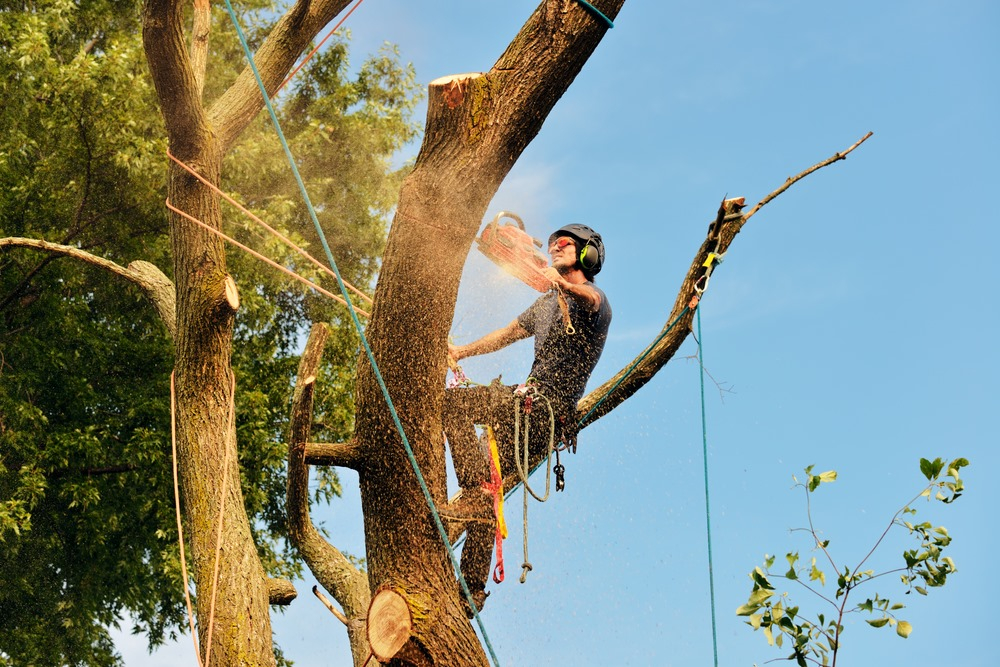
Environmental Considerations
Pruning deciduous trees not only benefits the individual tree but also contributes to a healthier environment. Properly pruned trees provide better air circulation, reducing the likelihood of pest infestations. Additionally, healthy trees can sequester more carbon dioxide, helping mitigate climate change. Well-maintained trees also enhance biodiversity by providing habitat for various species of birds, insects, and other wildlife.
Healthy trees improve air quality by absorbing pollutants and releasing oxygen. They also contribute to soil stability, reducing the risk of erosion. By maintaining your deciduous trees through proper pruning, you are contributing to a healthier and more sustainable environment.
Additional Tips for Effective Pruning
Pruning deciduous trees requires knowledge and care. Here are additional tips to ensure successful pruning:
Understand Tree Anatomy
Knowing the basic anatomy of a tree helps in making proper cuts. Key parts include the trunk, branches, branch collar, and buds. The branch collar is a crucial area for making cuts, as it contains the tree’s natural defense mechanisms to heal wounds.
Plan Your Cuts
Before making any cuts, plan where you will prune. Identify branches that need to be removed and visualize the tree’s future shape. This planning helps prevent unnecessary cuts and ensures you achieve your desired results.
Avoid Topping
Topping, or cutting the main branches of a tree to stubs, is harmful and can lead to weak growth and disease. Instead, focus on thinning and selective pruning to maintain the tree’s natural shape and strength.
Follow the 3-Cut Method
For large branches, use the 3-cut method to prevent bark tearing. The first cut is an undercut about 6-12 inches from the trunk. The second cut is a top cut a few inches beyond the undercut to remove the branch. The final cut is just outside the branch collar to remove the remaining stub.
Monitor Pruned Trees
After pruning, monitor the tree for signs of stress or disease. Look for symptoms like wilting, discoloration, or abnormal growth patterns. Early detection of issues allows for prompt intervention and care.
Water and Mulch
Proper watering and mulching can help a pruned tree recover faster. Mulch helps retain soil moisture and regulates soil temperature, while adequate watering ensures the tree has the resources it needs to heal and grow.
Pruning for Different Tree Goals
Pruning can be done for various reasons, each requiring specific techniques:
Structural Pruning
Structural pruning is essential for young trees to establish a strong framework. It involves removing competing leaders and encouraging a single dominant leader. This type of pruning helps prevent future structural problems and promotes a well-balanced canopy.
Maintenance Pruning
Maintenance pruning focuses on removing dead, diseased, or damaged branches to maintain the tree’s health and appearance. Regular maintenance pruning helps prevent decay and pest infestations and keeps the tree looking tidy.
Restoration Pruning
Restoration pruning aims to restore the natural form and structure of a tree that has been damaged or poorly pruned in the past. This involves removing stubs, sprouts, and competing branches to promote healthy growth and improve the tree’s appearance.
Fruit Tree Pruning
For fruit-bearing deciduous trees, pruning is crucial for maximizing fruit production. This includes thinning branches to allow light penetration and air circulation, which are essential for fruit development. Fruit tree pruning also involves removing water sprouts and suckers that can divert energy from fruit production.
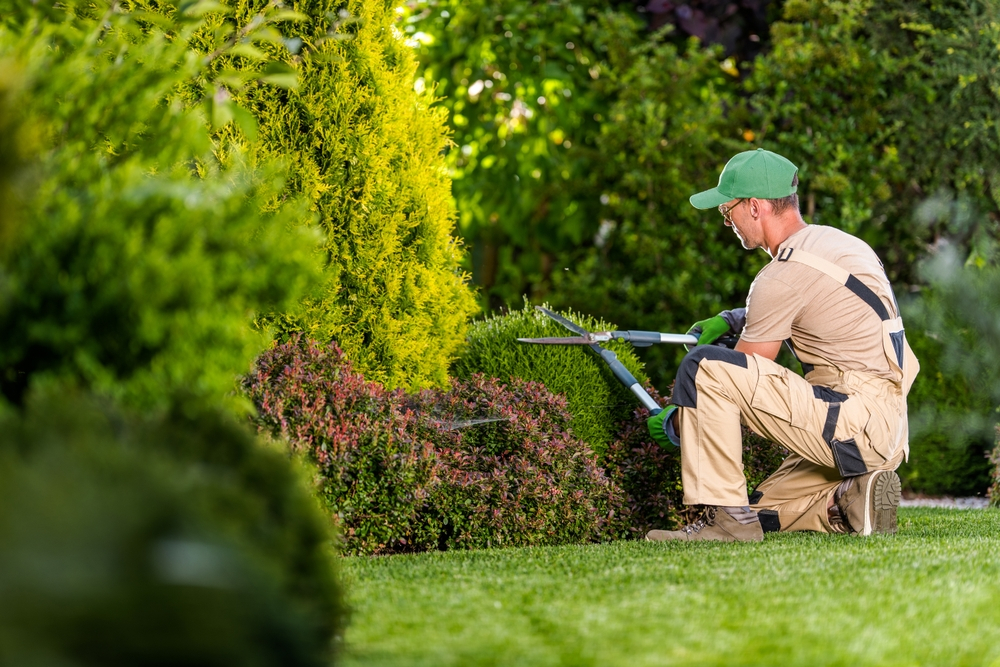
The Role of Climate in Pruning Decisions
Climate plays a significant role in determining the best time for pruning. In colder climates, late winter pruning is ideal to avoid frost damage and reduce the risk of disease. In milder climates, pruning can extend into early spring, as trees may remain dormant longer.
Additionally, local climate conditions such as humidity, rainfall, and temperature fluctuations can impact the tree’s response to pruning. Understanding your local climate helps in planning the best time and approach for pruning.
Conclusion
Timing is crucial when it comes to pruning deciduous trees. Late winter to early spring is generally the best period, offering numerous benefits for tree health and growth. While light pruning can be done in other seasons, it’s important to avoid heavy trimming during the active growing season and fall. By following the right techniques and safety measures, you can ensure your deciduous trees remain healthy, beautiful, and safe. When in doubt, consulting a professional arborist can provide valuable insights and expertise. Properly pruned trees enhance your landscape, contribute to a healthier environment, and ensure the longevity of your trees. With careful planning and execution, tree pruning can be a rewarding practice that benefits both your trees and the broader ecosystem.
Tree Trimming Richmond
(804) 533-3943
https://treetrimmingrichmond.com/

